The Big Read in short: The magic of The Substation, an arts powerhouse in a modest setting
Each week, TODAY’s long-running Big Read series delves into the trends and issues that matter. This week, we look at how The Substation, which is looking for a new home, has cemented its place in Singapore’s art fabric over the past three decades. This is a shortened version of the full feature.
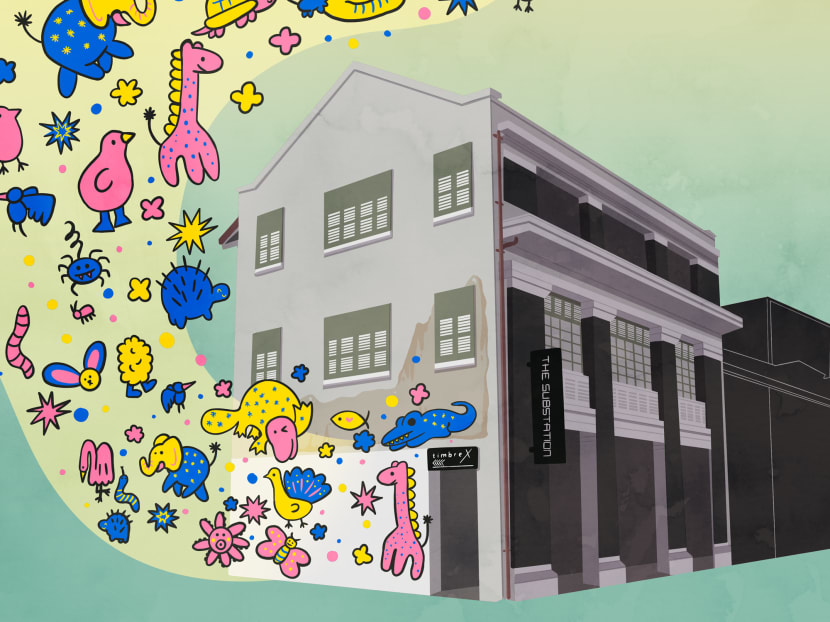
The first independent arts centre in Singapore, The Substation was set up by theatre doyen Kuo Pao Kun in September 1990 and envisioned as a home for the arts. Its modest setting helped launch the careers of some of Singapore’s most prominent artists.
Each week, TODAY’s long-running Big Read series delves into the trends and issues that matter. This week, we look at how The Substation, which is looking for a new home, has cemented its place in Singapore’s art fabric over the past three decades. This is a shortened version of the full feature, which can be found here.
- Set up in 1990 by the late theatre doyen Kuo Pao Kun, The Substation is Singapore’s first independent arts centre
- It is a home for experimental works and has launched the careers of a generation of artists, several of whom have become mainstays in the arts scene
- It is also a haven for the arts community who are drawn by its laid-back vibe
- The Substation will vacate its premises in July, as the building has to undergo renovation works to preserve its structural integrity
- It will be difficult to replicate The Substation elsewhere, say some theatre practitioners
SINGAPORE — Along Armenian Street lies a nondescript grey and white colonial building, which used to be a power station between the late-1920s and 1970s. Its side walls, spray-painted with vibrant hues of graffiti, however, offers a hint of the building’s hidden personality.
This is The Substation, whose modest setting helped launch the careers of some of Singapore’s most prominent artists such as Cultural Medallion winner and theatre practitioner Alvin Tan, and multidisciplinary artist Zai Kuning who has represented Singapore at the prestigious Venice Biennale.
The first independent arts centre in Singapore, The Substation was set up by theatre doyen Kuo Pao Kun in September 1990 and envisioned as a home for the arts.
“I am concerned about creating a space for the arts in our value systems, lifestyle and consciousness. The Substation will be a permanent space to do arts, see arts, talk arts and live the arts,” said the late Kuo in an interview with The Straits Times in February 1990.
However, after about three decades of being a mainstay in the arts scene, The Substation will vacate its premises in July, with the National Arts Council (NAC) taking back the building for renovation works.
The centre currently leases the building from the NAC under its Arts Housing Scheme, which provides affordable, heavily-subsidised spaces to the arts community .
The NAC had said that the building is a conserved property and there is a need for a major upgrading to preserve its structural integrity.
The Substation is considering some alternative venues, including Goodman Arts Centre in Mountbatten and Aliwal Arts Centre in Kampong Glam but has yet to finalise its decision.
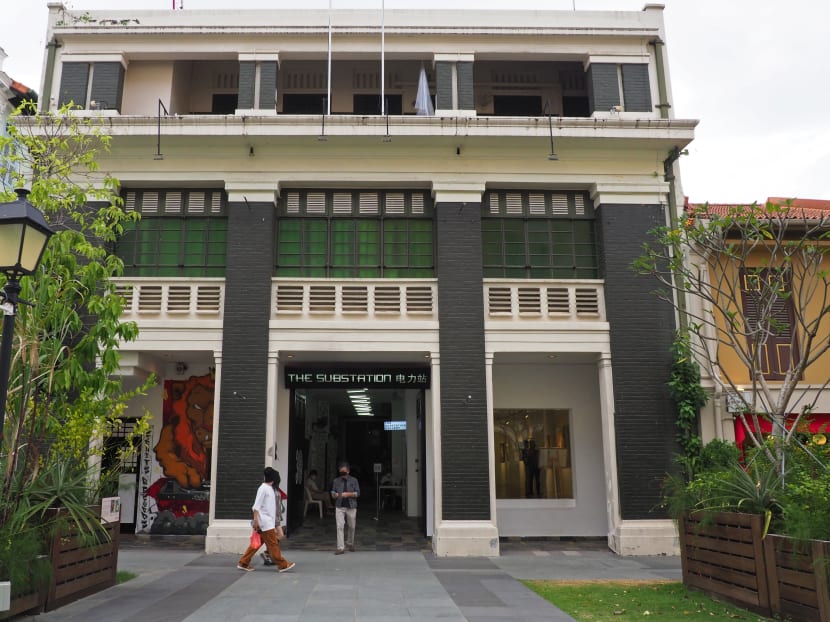
Art practitioners told TODAY that the centre allowed them to put up experimental works in a safe space, without the pressure of having to produce polished works.
But more than an open space for artists to craft their works, it was the people and the community the space created that became The Substation’s biggest draw, they said.
From punk rockers to filmmakers, The Substation was a melting pot that allowed artists of different genres to seek out collaborators and make lifelong friends.
.embed-container { position: relative; padding-bottom: 56.25%; height: 0; overflow: hidden; max-width: 100%; } .embed-container iframe, .embed-container object, .embed-container embed { position: absolute; top: 0; left: 0; width: 100%; height: 100%; }
IN THE BEGINNING
Sometime in the early 1980s, Mr Kuo showed up at the office of veteran architect Tay Kheng Soon at Will’s Clinic (now Wilmer Place) along Armenian Street with a proposal to set up an independent arts centre.
Mr Kuo, who was acquainted with Mr Tay, asked the latter to go across the road with him to check out an electric substation, which had been built by the Public Utilities Board, as it was known then, in 1926 before becoming disused in the 1970s.
“There was a hole where we crept through. It was smelly and dusty. It smelled like urine and it was covered in cobwebs… and he said this can be an arts centre,” recounted Mr Tay, 80.
“I wasn’t impressed with the place, but Pao Kun was very enthusiastic about it,” he told TODAY.
Mr Tay designed The Substation following discussions with the art activist and eventually received approval from the authorities to set up the space.
It was finally launched in September 1990 and soon became home to prominent talents and art groups.
Drama Box, headed by drama stalwart and former Nominated Member of Parliament Kok Heng Leun, was founded the same year at The Substation and went on to hold its first production at the arts centre’s black box the following year.
For the music community, The Substation provided a venue where bands could play regularly, said Mr Patrick Chng, 53, the lead singer of local indie band The Oddfellows.
NOT JUST A SPACE
For many of The Substation’s patrons, it was the sense of community that the space fostered that drew them back on a regular basis.
When Mr Shaiful Risan, a regular at the centre since he was 13, first visited The Substation in 1995 to watch his first gig, the openness and unpretentiousness of the event blew him away.
“It felt like it was a bunch of friends doing a show. There was no coldness, barricades or security. You could sit on the stage and no one would shoo you off,” said Mr Shaiful, now 39.
He gradually found himself actively immersed in other aspects of the centre. Among various activities, Mr Shaiful has performed in stage productions, organised gigs and hosts an annual flea market for indie merchandise called “Distro Day Out”.
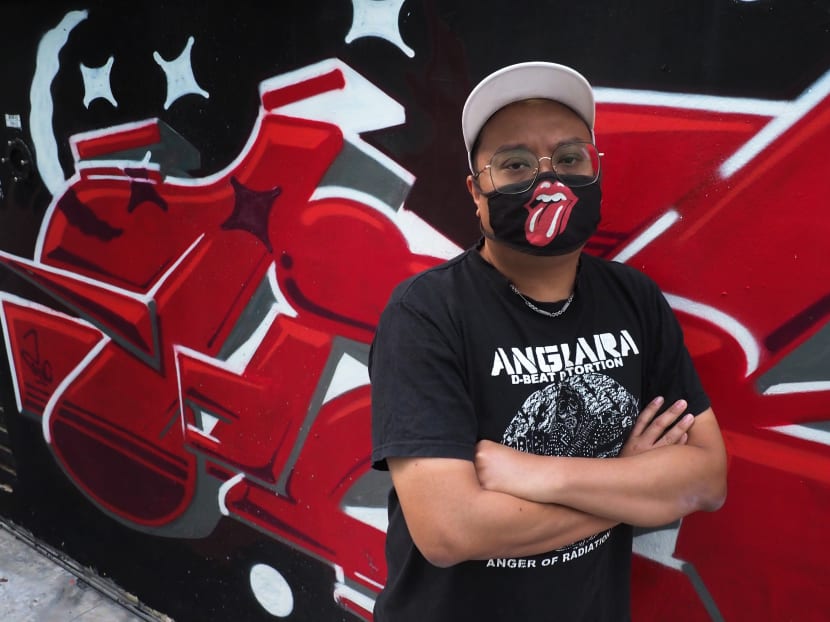
The Substation also allowed artists to meet and collaborate across different art forms.
Poet Cyril Wong, 44, who was programme manager at the centre from 2002 to 2008, said that The Substation was the one place where he could merge his writing with multidisciplinary works.
One of his first attempts to do so was in 2003 in a multidisciplinary performance called Suites of a Stranger Taste at The Substation’s gallery.
The performance featured a traditional Indian dancer, an early baroque musician and a filmmaker. Mr Wong said that it is only at The Substation where collaborations across such vastly different genres could occur due to the variety of artists it houses.
LAUNCH PAD FOR ARTISTIC DREAMS
The vision that the late Kuo set out to fulfill at The Substation — that of openness, inclusivity and experimentation without the fear of failure — has influenced art practitioners until today.
For theatre veteran Ang Gey Pin, 55, The Substation has been integral to her growth as an artist. Its artist-in-residence programme, in particular, helped her fledgling theatre troupe Theatre Ox find its feet.
With no place to go, then artistic director Mr Sasitharan invited Ms Ang to take up residency at the Substation in 1995 and went out of his way to secure sponsorship for three of her other colleagues at Theatre Ox.
“This came at a really good time. Without it, we would not have been able to train and perform full time,” said Ms Ang.
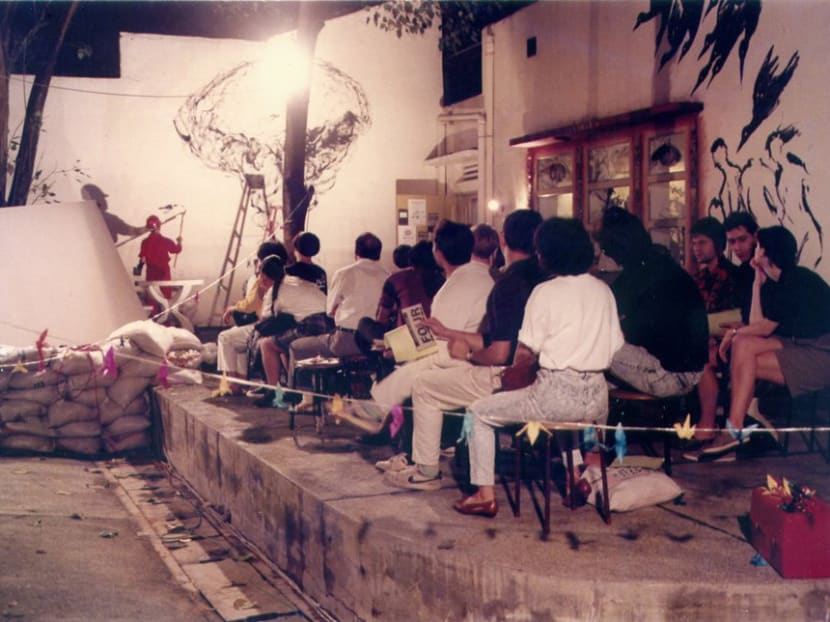
The Substation continues to support younger theatre makers such as Mr Irfan Kasban, 33, who last year won the Young Artist Award by NAC, the highest accolade for practitioners aged 35 and below.
Part of the reason why The Substation is a space to push boundaries was because there were no strict rules to inhibit artists from trying anything on stage, said Mr Irfan, whose first English-language play “We Live in a Box” was staged at its black box in 2009.
Ms Shaza Ishak, 33, the managing director of Teater Ekamatra, said that the affordability of the space compared to other theatre spaces was instrumental in allowing the Malay-language theatre group to stage edgy, experimental shows.
MAGIC FADING BUT CAN IT REPLICATED?
Over the last three decades, both the building at 45 Armenian Street and its surroundings have seen many changes. And some of those interviewed by TODAY believe that the magic of The Substation has faded somewhat.
The Substation garden made way for bistro Timbre in 2005, while the coffeeshops in the vicinity made way for an extension of the Singapore Management University and art galleries. The road outside the building was also pedestrianised.
Without the usual spaces to gather at, The Substation is no longer what it once was, said some patrons. Coupled with changing programming over the years and the emergence of other performance art spaces such as The Esplanade, this has contributed to fewer people in the arts community visiting The Substation, some of the patrons added.
The centre’s rental income has also taken a hit of up to 80 per cent due to the Covid-19 pandemic, said its general manager Loh Aik Khoon.
Half of the centre’s funding comes from an NAC grant while the other half is mostly through rental income.
Ms Raka Maitra, 51, the centre’s current co-artistic director said that The Substation has tried to adapt to the situation. For instance, it ran its Isolation series, a web series featuring original content by local artists, from May to July last year.
It also rolled out a series of small-scale workshops in music and performance as part of its SeptFest Fringe festival last September.
The Substation will hold its final festival, SeptFest: In the Margins, at its existing premises from March 4 to 28. It will feature 11 productions and two exhibitions.
With its patrons pointing to the community as the key to defining their experiences at The Substation, can its magic — along with Mr Kuo’s founding ethos — be replicated elsewhere?
Mr Wong, the poet, believes that it is possible if the people within The Substation continue to believe in openness and experimentation.
“They have to believe in it, and they must be willing to defend it to the very end, no matter what. And if they are able to do it, I think they can survive anywhere,” he said.
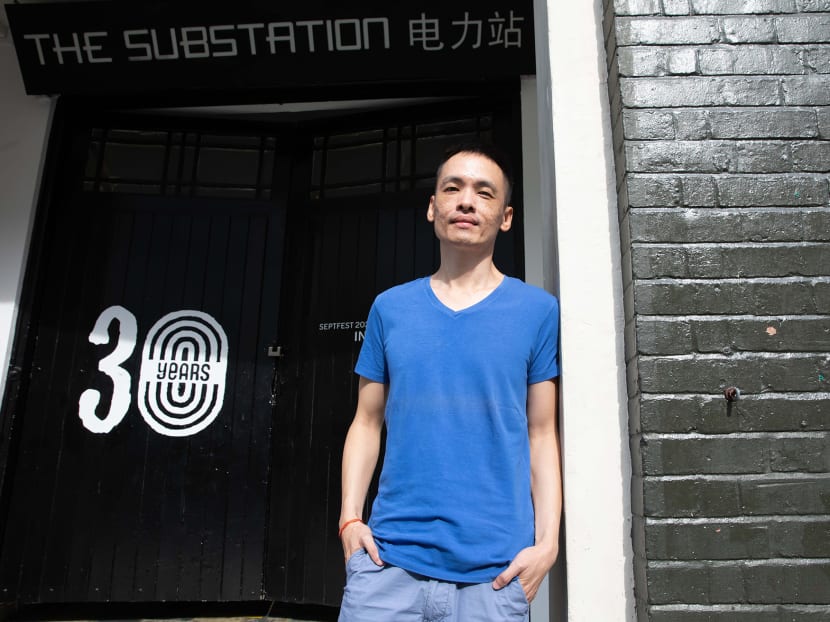
Mr Sasitharan believes that it takes time for a place to build up a community spirit.
“This is not just about the people, it is also about the place — the history, the legacy, the memory of all those things that make a place for a community,” he said.
“These places are imbued with a spirit and The Substation happens to be 45 Armenian Street.”








